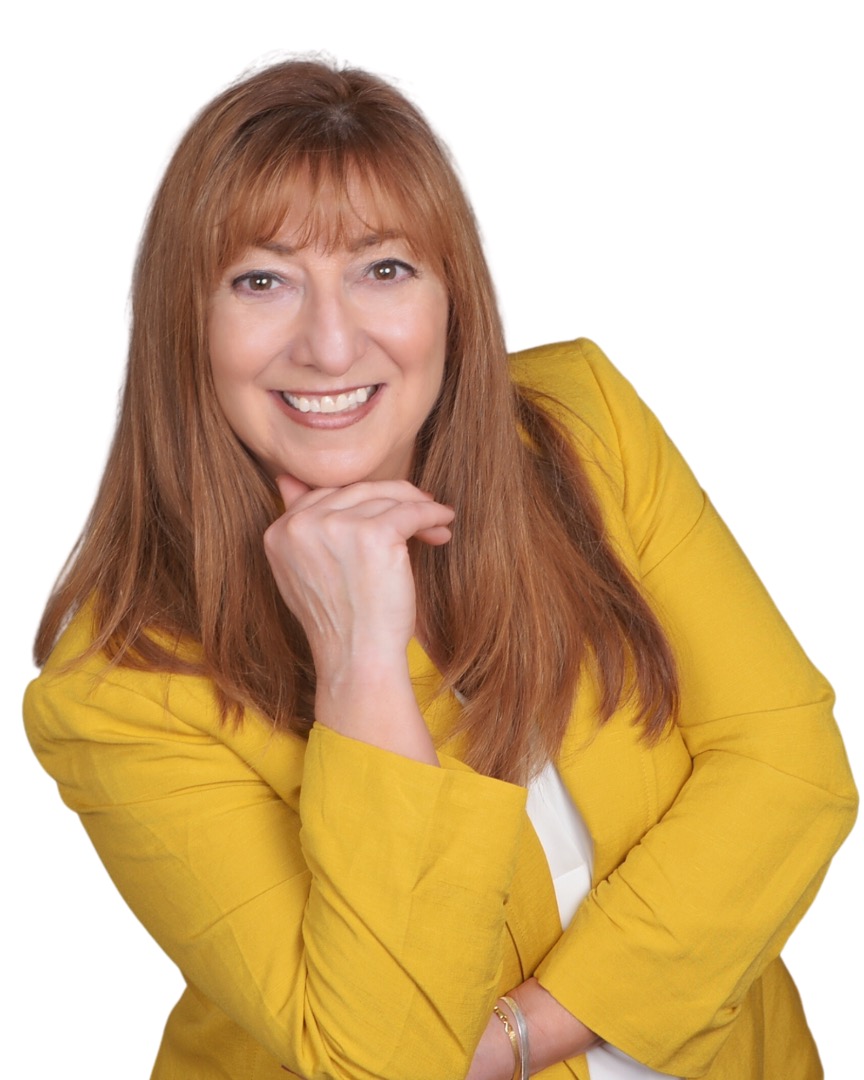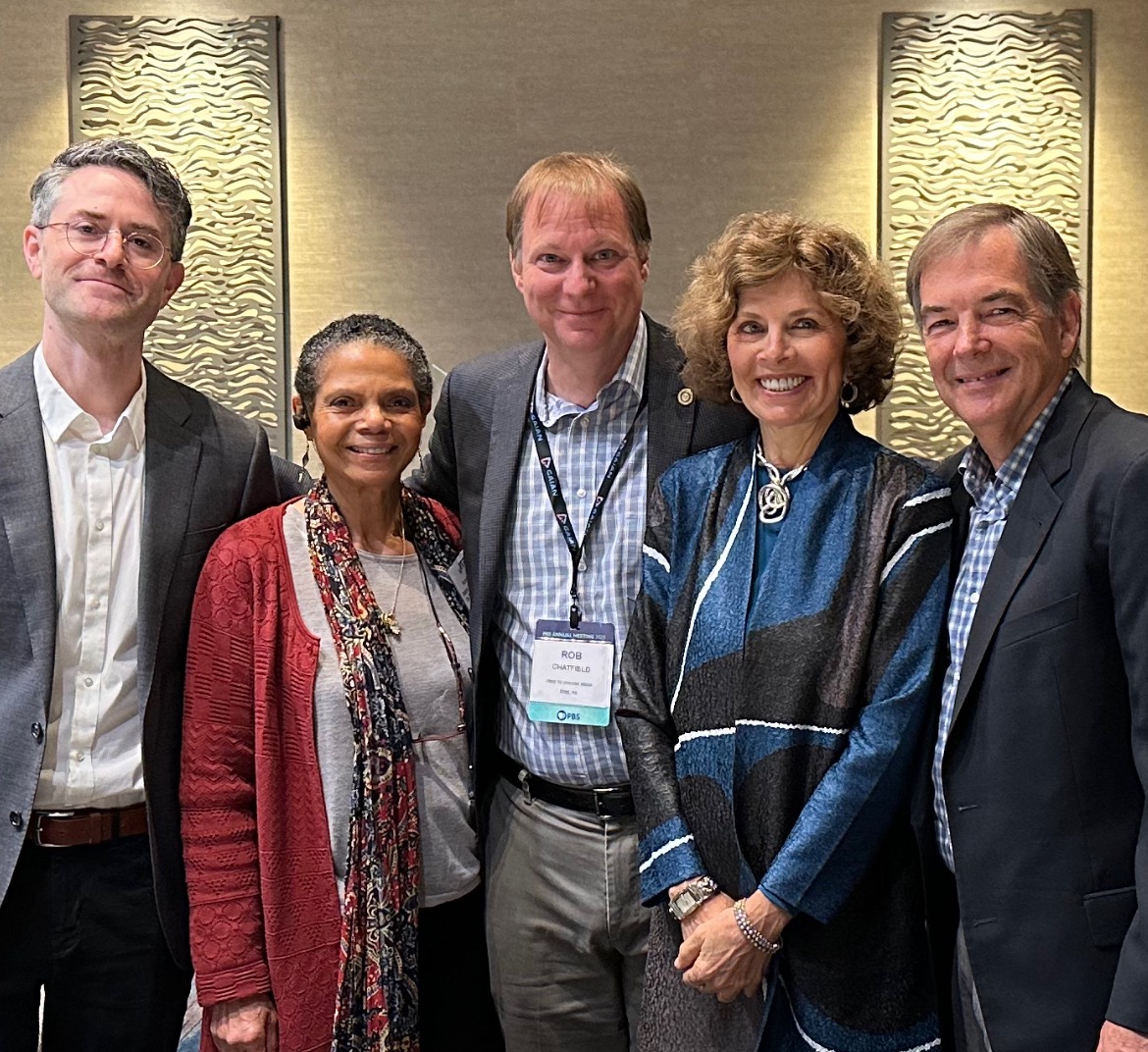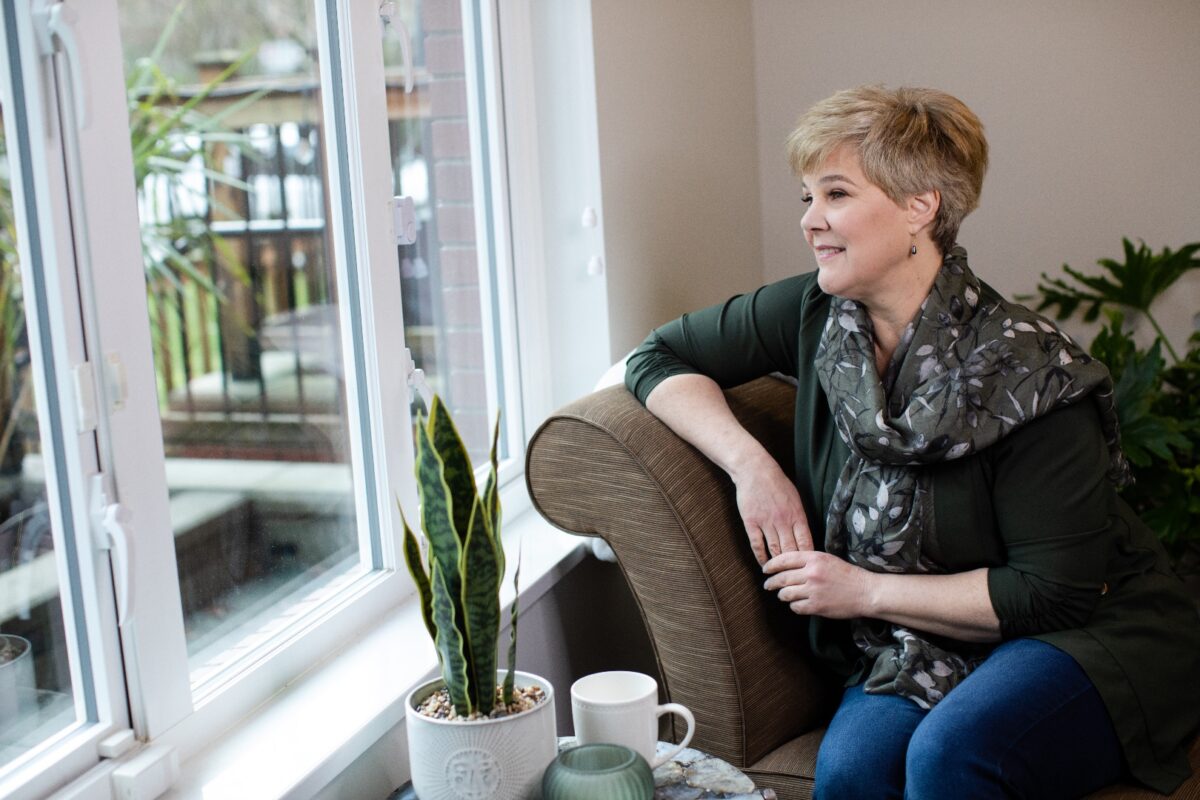No products in the cart.

Experience the insightful and inspirational knowledge that is condensed into “The 7 Secrets to Creating a Life You Love: A Practical Guide for Women in Leadership,” a book that was expertly written by renowned author Monique de Maio. We have the honor of learning more about Monique’s personal experience with the difficulties faced by women in leadership positions as they navigate the intricacies of their personal and professional lives in this exclusive interview. Monique is the visionary founder and Chief Marketing Officer of On Demand CMO, where her wealth of experience, creative thinking, and unwavering commitment to excellence extend far beyond the realms of business. The conversation provides an engrossing exploration of Monique’s transformative philosophy towards life and leadership.
Beyond the priceless guidance found throughout her book, Monique’s biography comes to life as an engrossing tale that illuminates her intense enthusiasm and unwavering commitment to supporting women as they pursue opportunities for leadership. This conversation reveals the nuanced perspective of Monique de Maio on creating a life full of fulfillment, success, and authenticity, and serves as a lighthouse for people seeking significant insights into personal and professional progress.
Your book introduces the concept of “micro-moments.” Can you share an example from the book or your own life where a small choice or exercise had a significant impact?
I named this book The 7 Secrets to Creating a Life You Love: A Practical Guide for Women in Leadership because every moment, every “micro-moment,” as I call it, matters. Micro moments turn into macro-outcomes. This book attempts to help you identify and win in those micro-moments. I want to help you experience the compounding benefits of your small choices—at home, at work, and in between. Remember, your choices in the micro-moments create macro-outcomes! At almost every moment of our lives, we have to make real time decisions. All day, every day, everywhere, all the time. Whether we like it or not, we are making choices. I call those micro-moments.
To illustrate the potential impacts of micro-moments, I talk about the micro-moment when the class bully punched me in the face in third grade because he didn’t like me because I am was immigrant and that my friend lived in a trailer park, and I made the decision to get up off the ground and punch him back—that created a new narrative for me. I went from being a victim to an advocate in less than a minute.
I also share this story:
One night, as I’m rushing out of the office yet again, I say, “Good night, everyone,” and I hear my boss piping up from his corner office, “Good night? It’s only five thirty. What? Half-day for you, Monique?” I run for the train, and I just make it, but I am steaming mad, and before I know it, I’m having a familiar conversation with myself: ‘ Why am I spending so much time commuting and working for someone who hates my guts? Why am I working in the city so my husband and I have to race for the train or the bus every night in order to make it home in time to relieve our babysitter? And did I have a baby for my babysitter to spend twelve hours a day with her and I barely see her for two, and playing this “let’s beat the train” game? And I’m always exhausted! That was the straw that broke the camel’s back. Within the next few weeks, I started formulating my plan for my own consulting business and gave my notice. I made the choice that this job was no longer aligned with what I wanted in my life, and I left. I made the decision that entrepreneurship, as scary as it was, sounded like a better alternative than my existing corporate life.
These two moments—these “micro-moments”—both created macro-outcomes in my life, despite them being decades apart.
The holistic approach to life transformation is mentioned as a standout feature. How do you think the book’s exploration of physical, emotional, and spiritual well-being contributes to its effectiveness (or sets the book apart from other self-help books)?
The book is practical, pragmatic, and real-world. It includes some statistics and research, but it is not written or intended to be clinical or theoretical. It is written like an accessible guide book that you can pick up and put down based on what you need in your life.
It encapsulates real-world stories from me and 11 other ‘non-superstar status women’. I dissect what I think are the seven key areas of life (called ‘secrets’ in the book) that typically trip us up and provide my experienced point-of-view with my personal tips, tricks and hacks on each of these. I also incorporate stories into these secret chapters to bring the points I make to life. Then I give some ‘exercises’ to do with notes pages for the reader to put their learning into practice!
I would say overall, my bottom-line theme from the book is that “life is simple, not easy.’’ I also assert that there are 7 key areas of life that when approached INTENTIONALLY… with a little more planning and forethought, can lead you to create a life that really serves you, that you love.
You share relatable personal experiences and stories from your life as well as other ‘everyday women’. Can you share a particular story that you think many women experience and why?
I think the stories I tell about the sexism and double standard I faced as the only woman on the leadership team in my previous corporate career experience and my struggles with fertility are two very common and relatable stories that many can identify with.
You’re the Founder and CMO of On Demand CMO. Can you shed light on the motivations that led to the establishment of this venture? What sets On Demand CMO apart from other marketing agencies?
In the book, I tell a story about my last boss before I started my company, On Demand CMO. The way he treated me (vs. the rest of the leadership team who were all men) was the impetus I needed to leave and start my own company. It was discrimination, sexism and a double-standard that I just did not want to work under. I have never looked back and can now tell you that it was the best thing I could have ever done for myself and my family, even though it was very hard for several years.
We are different for a variety of reasons, the top three is:
- Clarity in who we serve, as we are subject-matter experts in the following market segments: B2B tech, tech services, professional and financial services, education and nonprofits.
- We know what will work for your company and brand and are not afraid to tell you what you need, not what you asked for…even if that means not working with us, or changing the scope of the assignment.
- We are going to make you stand out.
For me, the most important thing for clients is DIFFERENTIATION. It is better to be different, than better. You need to figure out what your company, your brand, your services/products ‘stand for’ and who they are intended for. We are predominantly a B2B (business-to-business) agency. Too many clients (from large Fortune 50 clients to mid market 20+ year old family-owned businesses to start ups) try to sound, walk, and talk like their competitors and end up with market confusion and commoditizing their offerings. We spend a LOT of time making sure the narrative, the story we create for these companies, comes across loud and clear, and insist that the client works with us to find the ‘white space’ in their sector that they can claim and own—so they can attract their sweet spot customer and grow a profitable business.
We hear you also are the host of your very own podcast. How do you envision your podcast evolving in the future, and are there specific goals or themes you plan to explore in upcoming episodes of “Possibilities with Monique de Maio”?
I unpack the themes that we all face: Life, work, family, choices, health, wealth, happiness, kindness, philanthropy/giving back, and everything in between. My guests have a point-of-view (POV) that they have figured out and are willing to share with my listeners.
Topics include:
- Talking to Yourself Like a BFF from a Family Physician, author, entrepreneur and mother of five
- Changing My Story Changed My Life
- The Power of Inertia: How to Overcome Your Fear of Change
- Embracing Fear, Learning Humility & Owning Your Power
- The Power of Three: Unlocking the Key to Effective Communication and Decision-Making
- Leading Authentically from a Female CEO’s Perspective
- Food Choices: Getting More Complex & Difficult
- Why Being Authentic is So Important
- Success is not Binary
- Setting Up Your Environment for Success
- Overcoming Imposter Syndrome; Embracing Your Inner Badass
- Don’t let your job take over your life
- Desire vs. Discipline: Making Decisions Over Feelings
- Spending Your Time Intentionally
- Resolutions: How to make them stick.
- Mindset, Belief System & Success from a Sports Psychologist
- Giving Myself Grace was the Difference
- Designing a Life You Love: A Fireside chat with a Serial Entrepreneur
- Self-Care for High Performers: Why self-care is crucial and how to integrate it into a busy lifestyle.
- A Holistic Approach to Nutrition: A Journey Towards Wellness
- Navigating Brave Spaces: Advocacy, Inclusivity, and Growth
- Embracing Neurodiversity: A Mother’s Advocacy Journey
- From M.D. to Spiritual Healer: A journey in consciousness
- Spirituality & Business: Mastering Conscious Entrepreneurship & Personal Growth
- I Wasn’t Stupid After All–Finding My Story
- Three Decades of Fueling Change Through Philanthropy
Learn more about The 7 Secrets to Creating a Life You Love: A Practical Guide for Women in Leadership






